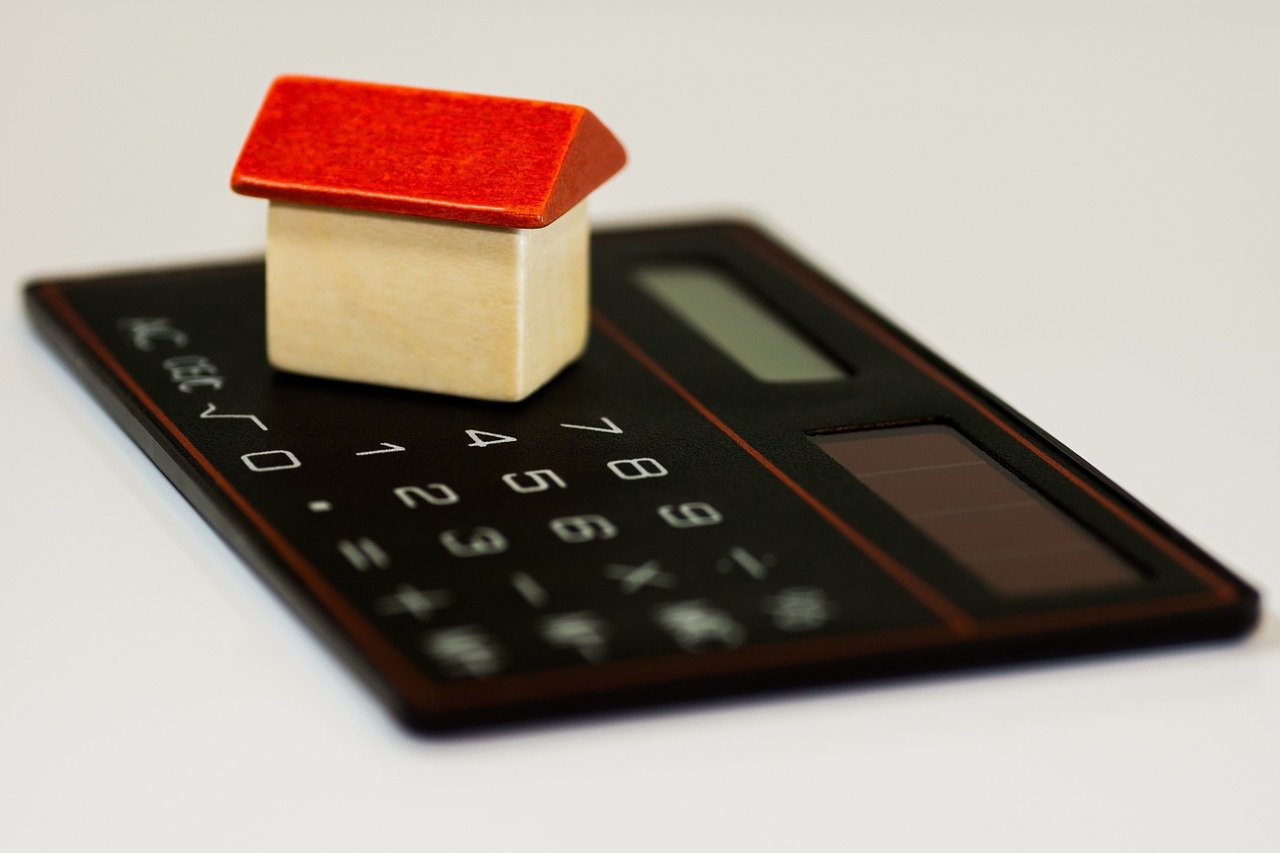There are a lot of financial burdens that can weigh on your mind when you are living on a low retirement income. Everything from typical monthly utility bills to medical concerns can suddenly seem much more pressing and difficult to deal with. A reverse mortgage might help you ease those financial burdens.
Reverse Mortgage Repayment and Your Financial Burdens
The biggest concern you may have about applying for a home mortgage is the additional financial burden it can cause. With a traditional mortgage, there is a good reason to be hesitant. You do not need constant mortgage bills you have to repay adding to your immediate debt. However, a reverse mortgage is set up in a manner that eliminates the need for any amount of early repayment.
If you are not sure how a reverse mortgage can possibly be so helpful without an immediate catch, make yourself more comfortable by verifying that fact. You can do so by reading trusted reverse loan reviews online. You can also consult a counsellor specialising in reverse mortgages. In either case, you are sure to get unbiased confirmation.
When Reverse Mortgage Money is Actually Paid Back
You might wonder, if there is no obligation for immediate repayment, when you do actually have to pay any part of your debt back with a reverse mortgage. The answer is essentially whenever you want, as long as you follow the rules set out by your loan agreement. However, violating those rules results in you being given a short period to repay the full balance.
Examples of typical rule violations include failure to pay taxes, filing for bankruptcy or moving out of your house. If you are unable or unwilling to pay your loan balance after terms are violated, you lose the home but no other assets. When the home sale is finalised, you are entitled to any balance that may remain beyond your debt balance.
Getting Out from Under Your Traditional Home Mortgage
A popular reason to apply for a reverse mortgage is to get out from under a traditional one. The reverse loan allows you to pay off the standard one, eliminating your ongoing mortgage bill. However, taking out a reverse mortgage does increase the amount of money you eventually have to pay back because interest accumulates for a much longer length of time. Also, you may not have as much money to spend free and clear as you would like, once the first loan balance is paid with part of the new funds.
Reverse Mortgage Types and Variations to Note
When applying for a reverse mortgage, you should know there are a few types. A regular reverse mortgage is usually offered by a local banking institution, while a government-issued version is offered directly via a government agency. Known as a home equity conversion mortgage (HECM), a government loan offers federal protections.
The size of the mortgage can also vary. Government caps are different for standard and jumbo reverse mortgages, for instance. The larger might be necessary, if your property has a high value. Reverse loan interest rates also vary. Therefore, you need to select your mortgage size and source carefully.
The Nitty Gritty of Reverse Mortgage Selection
The nitty gritty of reverse mortgage selection comes down to a number of factors. Your living situation, the size of your property and where you see yourself in the next several years are just a few. You also have to think about the sum you eventually have to pay back. Weigh those factors against the benefits of having money right now to do with what you want. That is the best way to make sure you are making the right decision.
this is a collaborative post


